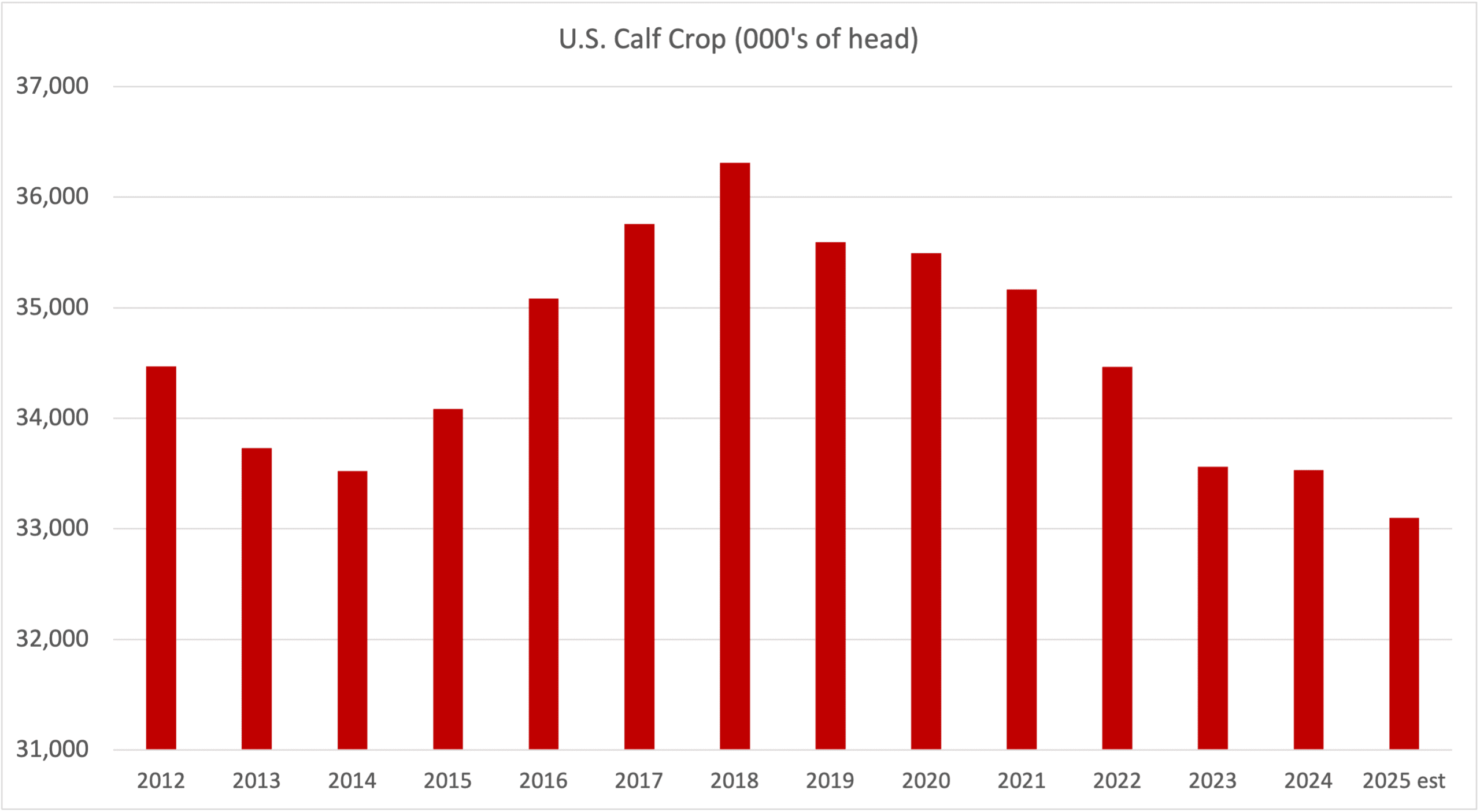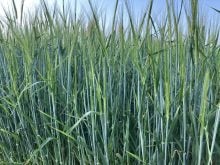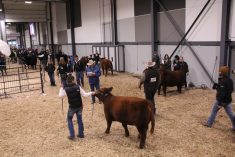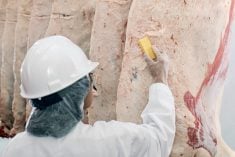Cattle producers throughout North America have been holding their breath since President Donald Trump began his second term in office. They are hoping that he will not go ahead with his threat to impose 25 per cent tariffs on all goods from Canada and Mexico, an additional 10 per cent tariff on all Chinese imports and a 100 per cent tariff on imports from the BRICS nations (Brazil, Russia, India, China, South Africa).
Tariffs, if enacted even at smaller percentages, could sharply increase costs for American, Canadian and Mexican businesses and consumers. They would make agricultural products from all three countries, including meat, harder to market abroad, while simultaneously raising costs for farmers, food manufacturers and consumers, say U.S. agriculture industry groups. Should Canada, Mexico and China impose retaliatory tariffs on U.S. meat and poultry exports, they could severely damage what is a vital global trade for the U.S. industry.
The economic impact of tariffs could be immense, given the highly connected nature of the three North American countries. In fiscal 2024, Mexico became the number one destination for American agricultural exports for the first time (US$30 billion). Canada was number two (US$29 billion) and China was number three (US$25.7 billion).
- RELATED: Canada could impose tariffs on $105 billion worth of US imports, source says
- RELATED: Canadian election could short agriculture in 2025
The U.S. in 2023 imported nearly 17 million metric tonnes (mt) of agricultural goods from Mexico worth US$45.5 billion, according to USDA data. Top categories included fresh fruits and vegetables (about two-thirds of all U.S. vegetable imports come from Mexico), sugar, dairy products and distilled spirits such as tequila. Meanwhile, Mexico last year imported 40.45 million mt of U.S. agricultural goods worth US$28.6 billion. Mexico is the biggest importer of U.S. corn and corn sweeteners, leaving American corn farmers particularly exposed to retaliatory tariffs.
Read Also

Factors influencing cattle feeder market during the fall of 2025
Market analyst Jerry Klassen weighs in on live cattle markets
U.S. agricultural imports from Canada in 2023 totalled 23.6 million mt, worth US$40.1 billion, with top commodities including beef, pork, dairy products, oats and canola oil.
U.S. cattle producers have enjoyed several profitable years in large part due to declining cattle numbers and strong beef demand. These two factors will likely determine whether producers will have an even better year in 2025 than last year. But the imposition of tariffs might threaten higher prices. It might be several weeks or months before North America knows for sure whether President Trump will follow through on his threat.
This past year saw record prices for all classes of U.S. beef cattle. Live cattle prices, based on a five-area steer, averaged US$186.68 per cwt live, up 6.3 per cent from 2023’s US$175.54 per cwt live. Feeder steers (Medium Frame No. 1, Oklahoma City) averaged US$252.09 per cwt, up 15.3 per cent from 2023’s US$218.69 per cwt. Slaughter cows (live equivalent, cutter 90 per cent lean) averaged US$118.71 per cwt, up 25.3 per cent from 2023’s US$94.77 per cwt. USDA currently forecasts that live cattle prices this year will average US$191 per cwt live, up 2.3 per cent on last year. Feeder steer prices will average US$272.50 per cwt, up 8.1 per cent on last year and cow prices will average US$127.75 per cwt, up 7.6 per cent on last year.
In other words, U.S. producers will again enjoy higher prices, albeit with smaller increases than seen in 2024. The big question on the supply side will be whether higher prices will encourage cow-calf producers to retain more heifers than they did in 2024 and start expanding their herds in a meaningful way. Three potential negatives to this would be widespread drought, tariffs and a sudden decline in beef demand. Right now, beef production is forecast to decline five per cent this year from last year, which will likely push retail beef prices higher.
















